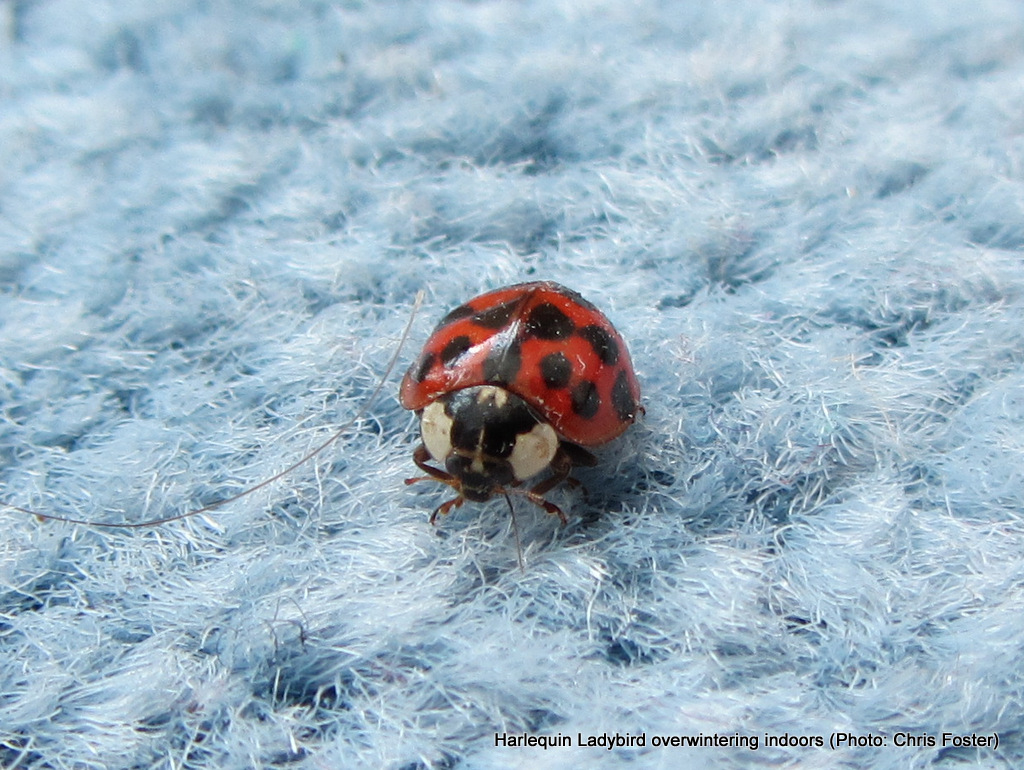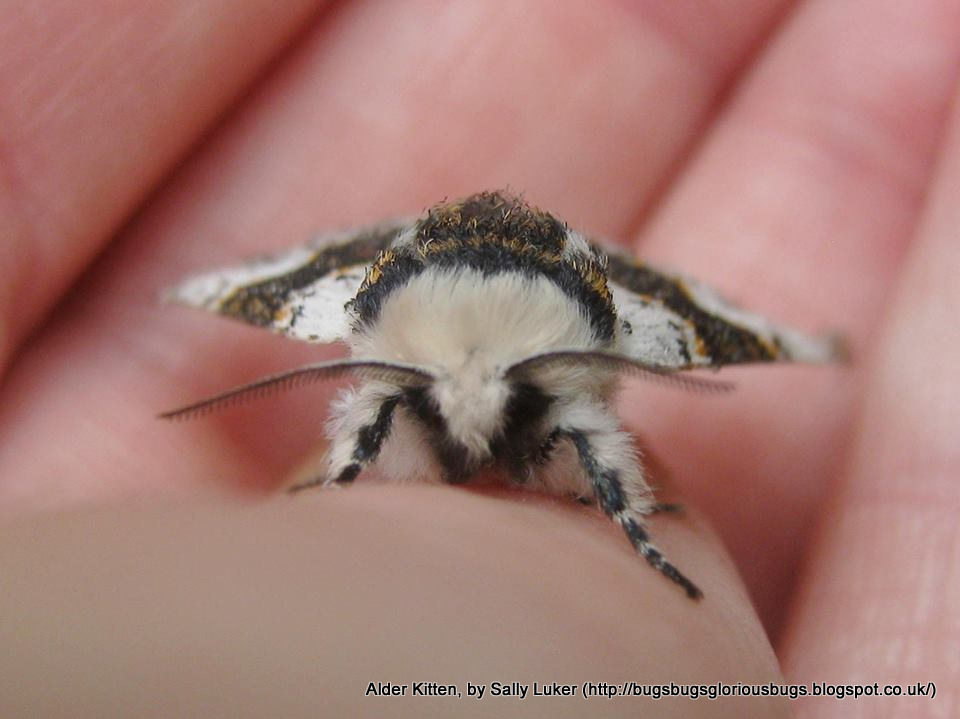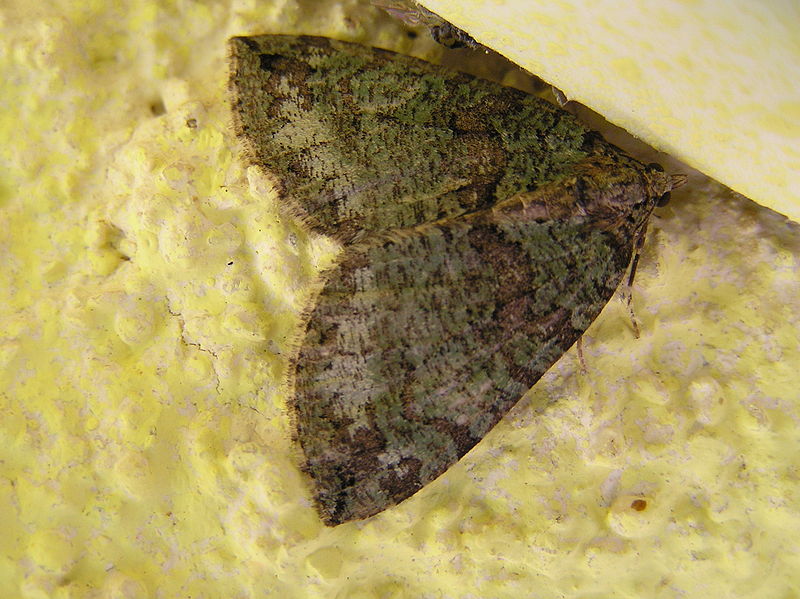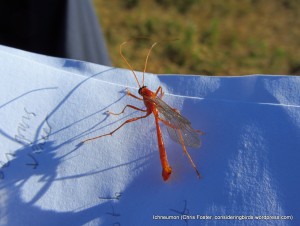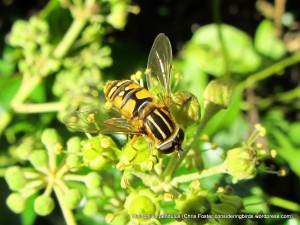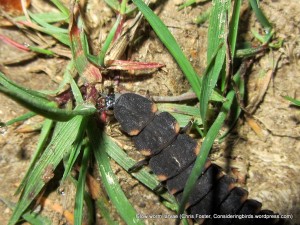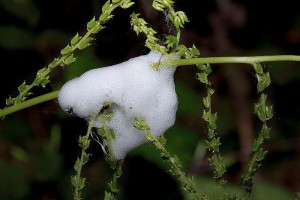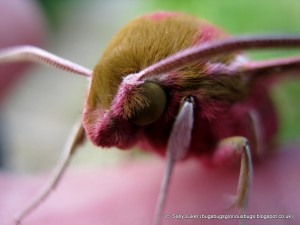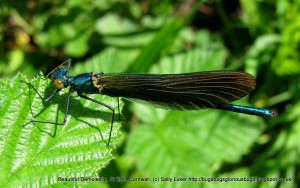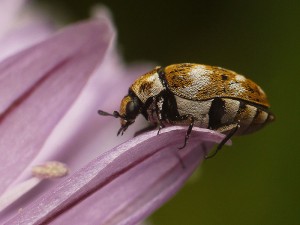L is for Ladybird
Most of our ladybirds are on the northern edge of their ranges in Britain, and so if the climate warms, it’s likely to improve things for them – species may well be able to live further north, and potentially have multiple broods in a year more frequently.

